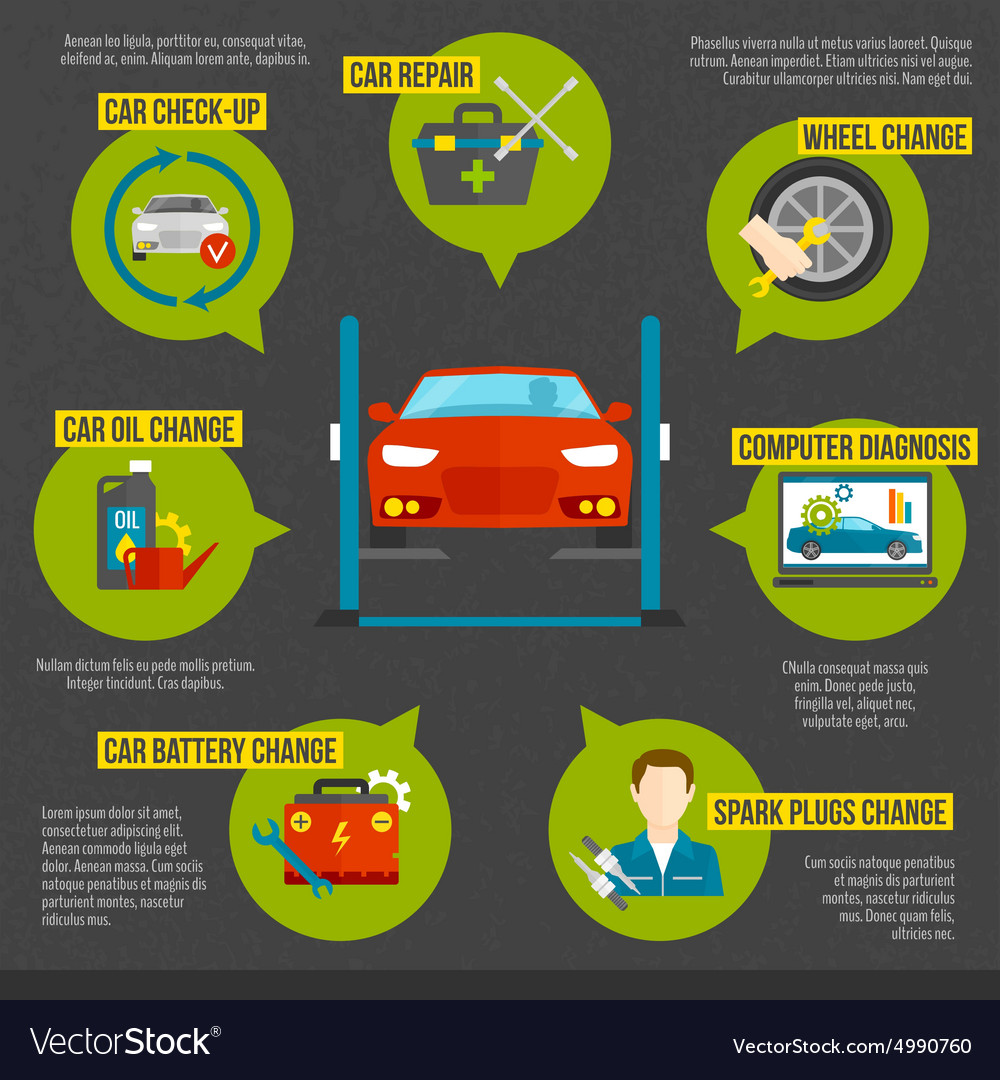Examining Your Automobile'S Warning Indicators: What They Really Share
Examining Your Automobile'S Warning Indicators: What They Really Share
Blog Article
Article Produced By-Lauritsen Dalgaard
When you lag the wheel, those radiant caution lights on your control panel can be a bit puzzling. Do you know what they're attempting to tell you about your auto's health? Comprehending the significance of these lights is vital for your safety and the durability of your car. So, the next time among those lights pops up, wouldn't you want to understand its message accurately and take the required actions to address it?
Common Warning Lighting and Interpretations
Recognize common warning lights in your auto and understand their definitions to guarantee risk-free driving.
The most typical warning lights include the check engine light, which signifies problems with the engine or emissions system. If this light begins, it's vital to have your car examined promptly.
The oil pressure alerting light indicates low oil pressure, needing prompt focus to avoid engine damage.
A flashing battery light may suggest a malfunctioning charging system, potentially leaving you stranded if not dealt with.
The tire pressure monitoring system (TPMS) light notifies you to low tire pressure, affecting lorry stability and fuel efficiency. Overlooking this could lead to harmful driving conditions.
The ABS light indicates an issue with the anti-lock stopping system, compromising your capability to stop rapidly in emergencies.
graphene coating but not least, the coolant temperature level alerting light warns of engine overheating, which can result in serious damages if not dealt with swiftly.
Understanding these common warning lights will aid you resolve concerns quickly and maintain safe driving conditions.
Value of Prompt Interest
Understanding the typical caution lights in your auto is only the first step; the significance of without delay resolving these warnings can not be emphasized sufficient to ensure your security when driving.
When a warning light illuminates on your control panel, it's your car's means of connecting a potential concern that requires attention. Disregarding these cautions can result in more severe problems later on, endangering your safety and security and possibly costing you more in repairs.
https://brake-repair84062.blogdanica.com/32038211/exactly-how-can-mobile-vehicle-detailing-change-your-automobile-treatment-experience-while-guaranteeing-high-quality-discover-the-vital-variables-to-take-into-consideration-prior-to-choosing-a-detailer to advising lights can protect against malfunctions and mishaps. For example, a blinking check engine light can show a misfire that, if left unattended, could create damages to the catalytic converter. Addressing this quickly can save you from an expensive repair service.
Likewise, a brake system warning light may signify reduced brake liquid or used brake pads, important elements for your safety when driving.
DIY Troubleshooting Tips
If you see a caution light on your dashboard, there are a few DIY troubleshooting ideas you can try before seeking specialist help.
The primary step is to consult your automobile's guidebook to understand what the particular caution light suggests. Sometimes the concern can be as easy as a loosened gas cap activating the check engine light. Tightening up the gas cap may settle the trouble.
An additional usual problem is a low battery, which can set off various advising lights. Inspecting the battery links for corrosion and guaranteeing they're safe may deal with the trouble.
If a caution light lingers, you can attempt resetting it by separating the vehicle's battery for a couple of minutes and after that reconnecting it. Furthermore, inspecting your automobile's fluid levels, such as oil, coolant, and brake fluid, can aid fix advising lights connected to these systems.
Final thought
To conclude, recognizing your auto's caution lights is vital for keeping your vehicle running efficiently and safely. By without delay resolving these signals and recognizing what they indicate, you can prevent expensive fixings and potential breakdowns.
Keep in mind to consult your cars and truck's handbook for particular details on each warning light and take action as necessary to make certain a trouble-free driving experience.
Keep notified, stay risk-free when driving!
